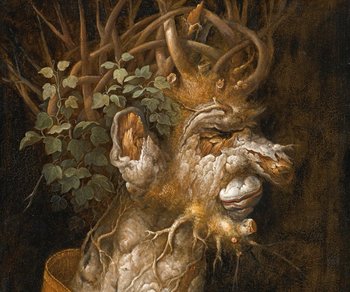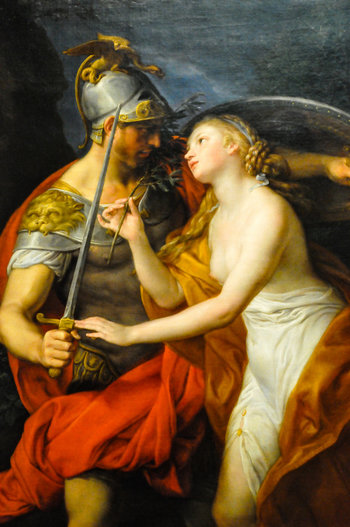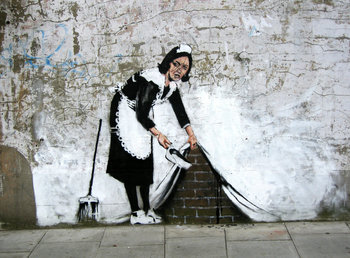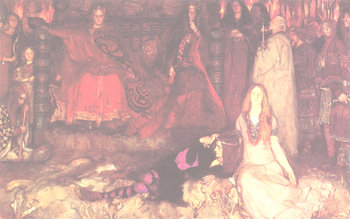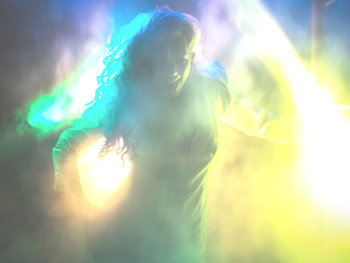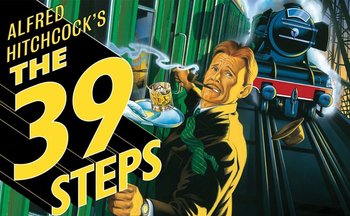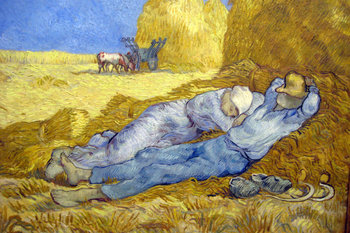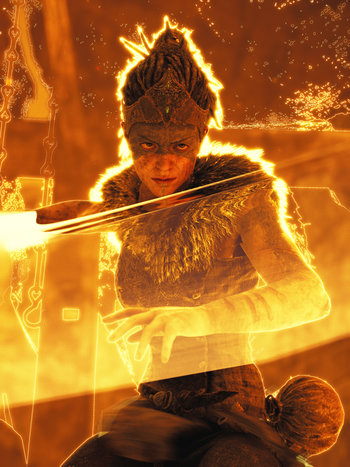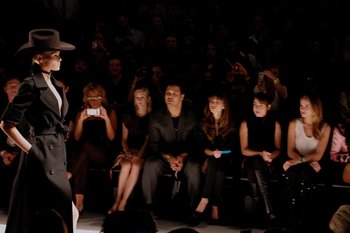
Entertainment
Jumping the shark was originally an entertainment industry term for a failed gimmick. This is an idiom that originates with a 1977 episode of the American television show Happy Days entitled "Hollywood, Part 3." This refers to a scene in which one of the show's characters, Fonzie, jumps over a shark on water skis. This was viewed as a gimmick and a desperate attempt to attract attention or remain fresh.Business
Jumping the shark is now commonly used to describe product features that feel inauthentic as they fail to address customer needs. In some cases, jumping the shark is motivated by an attempt to improve stock prices by announcing future products based on a trendy technology or business model. Such products may never materialize or may be launched without much investment. This indicates that management is insincere about developing the long term value of a firm and is simply interested in day-to-day price movements in their stock. Jumping the shark can also refer to design changes that cause an authentic and popular product to feel cheap and inauthentic.Work Products
Jumping the shark can apply to any work product that goes to far to impress such that it lacks authentic value. For example, a graphic designer who is tasked with pitching a new logo to a client who goes on to suggest that the client complete rebrand all of their products and reorganize their company. This is beyond the scope of the customer's needs and is most likely based on opinion as opposed to any real data or experience in reorganizing firms or complex rebranding initiatives.| Overview: Jumping The Shark | ||
Type | ||
Definition (1) | An attempt to impress that goes too far such that it feels inauthentic. | |
Related Concepts | ||




